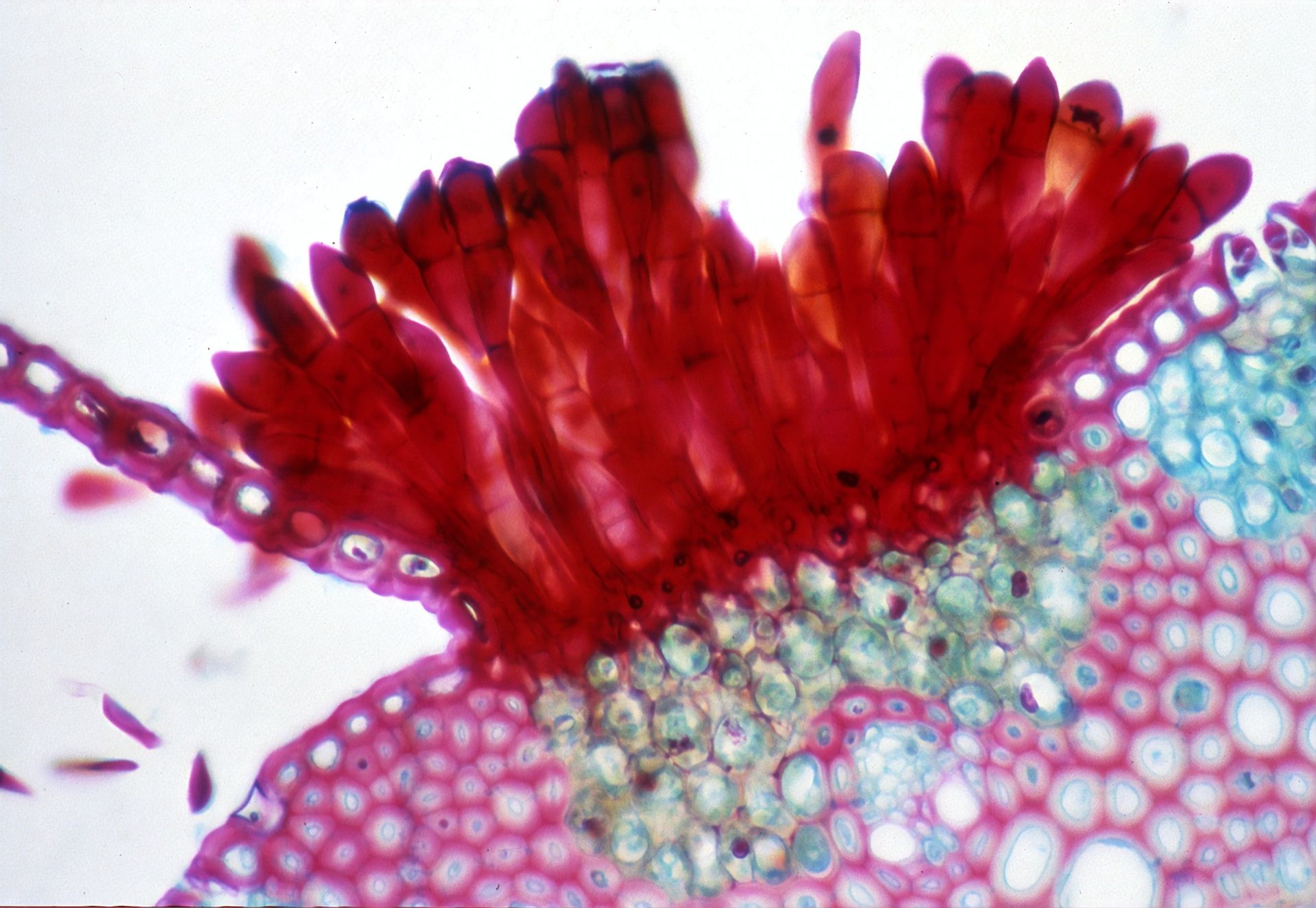
2 mins read
How to Treat Dragon Fruit Plant Diseases Naturally
Dragon fruit, with its flamboyant appearance and succulent taste, is undoubtedly a marvel of nature. Native to Central America but now cultivated in various parts of the world, this tropical delight is not just known for its palate-pleasing attributes but also for its health benefits. However, like any other plant, dragon fruit is susceptible to various diseases. The inclination to resort to chemical treatments is high, but natural methods are gaining traction for their sustainability and eco-friendliness. Let's dive into understanding how to treat dragon fruit plant diseases naturally.
Understanding Dragon Fruit Diseases
Before we dive into the natural treatments, it's essential to familiarize ourselves with the common diseases that afflict dragon fruit plants. These include:
Fungal Diseases: Stem rot and anthracnose are common fungal infections. Stem rot is characterized by a soft, water-soaked appearance on the stems. In contrast, anthracnose manifests as dark, sunken spots on the fruit and flowers.
Bacterial Diseases: Bacterial soft rot causes dragon fruit stems to become soft and mushy. The affected area eventually becomes hollow, causing the stem to collapse.
Viral Diseases: There are several viral diseases, but most show up as mottling or abnormal growth on the plant.
Why do diseases appear in the first place?
A study from the University Putra in Malaysia as been conducted in 43 dragon fruit orchards with each location having 50 sample posts of plants. The most commonly recorded diseases were anthracnose, brown spot, and necrotic spot, with a frequency range of 50 to 100% across almost all sampled states.
The study used Pearson correlation to analyze relationships:
Anthracnose was significantly correlated with necrotic spot.
Bacterial soft rot and brown spot had a significant correlation.
Bacterial soft rot showed a negative correlation with temperature.
Both bacterial soft rot and brown spot had positive correlations with altitude.
Pathogenic Agents Identification
Through in vitro assays, several bacteria and fungi species were isolated. Some of them, like Enterobacter cloacae, Bipolaris sp., and Botryosphaeria sp., showed similar symptoms to the diseased plants in the field. The pathogen can be introduced from infected plants, contaminated soil, tools, water, or even air. For example, a grower might bring in new plants that are unknowingly carrying a disease.
Viral Infection
Presence of a viral infection was detected on young stems, with the Cactus virus X being observed under transmission electronic microscopy.
Effects of Environmental Conditions on Fungi
Wet, humid conditions often favor fungal and bacterial growth. For example, prolonged periods of rain or high humidity can create conditions conducive for the growth of fungi like Botryosphaeria sp.
Here you can find some of the data from the study:
Temperature of 35°C inhibited the growth of most tested fungi.
pH 4 restricted growth for some fungi but had no significant effect on others.
A salinity level of 100 ppm affected only Bipolaris sp. and Botryosphaeria sp.
Nutrient deficiencies
Plants that are stressed due to factors like nutrient deficiencies can be more vulnerable to diseases. Plants deficient in calcium and nitrogen could develop more severe symptoms of the soft rot disease caused by Enterobacteria.
Natural Treatment Methods
1. Neem Oil: Neem oil, extracted from the seeds of the neem tree, is a potent natural fungicide and pesticide. Regularly spraying a diluted solution of neem oil can prevent fungal diseases and even treat early-stage fungal infections. Neem oil disrupts the life cycle of pests and inhibits the growth of harmful fungi.
2. Baking Soda: Baking soda, or sodium bicarbonate, can act as a natural fungicide. A solution made with baking soda, water, and a bit of soap can be sprayed onto the dragon fruit plant to combat fungal diseases. It alters the pH level on the plant's surface, making it less conducive to fungal growth.
3. Garlic: Garlic contains sulfur, which is a natural fungicide. A garlic spray, made by blending two bulbs of garlic with a liter of water and a dash of soap, can deter pests and prevent fungal infections. Ensure you strain the solution well before spraying to avoid clogging the spray nozzle.
4. Beneficial Insects: Nature has its way of maintaining balance. Introducing beneficial insects like ladybugs, lacewings, and predatory mites can naturally control pests that might spread diseases. These insects feed on harmful pests, thus regulating their population.
5. Crop Rotation: This method involves changing the type of plants grown in a particular area every season. It ensures that specific pathogens that affect the dragon fruit don’t build up in the soil.
6. Fermented Plant Juices: Some farmers ferment plant materials like banana, papaya, or grass in sugar to extract juices. These juices, diluted in water, can be sprayed onto plants as a natural means to strengthen them against diseases.
7. Healthy Soil: A robust immune system is the best defense against diseases, and the foundation of plant health is the soil. Ensure your dragon fruit plant grows in well-draining, fertile soil, rich in organic matter. Regularly adding compost and organic matter can help enhance the soil's health, offering the plant better resistance against diseases.
8. Proper Watering Techniques: Overwatering or watering the foliage instead of the base can make the plant susceptible to fungal diseases. Always water at the base, early in the day, to allow any splashes on the leaves to dry out.
9. Pruning: Regularly prune the dragon fruit plant to ensure proper air circulation, which reduces the humidity level around the plant. Humidity is a conducive environment for many fungal diseases. Remove any infected parts immediately to prevent the disease from spreading.
10. Aloe Vera: Aloe Vera is known for its healing properties in skincare, but it’s also beneficial for plants. Diluted Aloe Vera juice can boost a plant's immune system and acts as an organic growth enhancer.
11. A ratio of 1:1 of Water + hydrogen peroxide: Lastly, combining hydrogen peroxide with water is a highly effective method for healing infected plants. While it may not be entirely organic like the other methods mentioned earlier, it is still the recommended solution among organic options.
Hasn't anything worked?
It's unfortunate, but it may be necessary to explore alternative solutions such as copper fungicide to combat fungal disease and cactus rust on your plant. A helpful resource is a video from Grafting Dragon Fruit that discusses different treatments for these issues. Your priority is to keep your plant healthy, so it may be best to wait until after fruit production to begin any treatment.
Prevention Over Cure
While natural treatments are effective, prevention is always better than cure. By providing the right growing conditions, regularly inspecting plants for early signs of disease, and practicing good garden hygiene, you can prevent many diseases from taking root in the first place.
Conclusion
Natural remedies for treating dragon fruit diseases not only ensure that the fruits remain organic but also protect the environment from the harmful effects of chemical pesticides and fungicides. Embracing these methods supports the broader move towards sustainable agriculture, which benefits both our health and the planet. So, the next time your dragon fruit plant shows signs of distress, remember that nature often holds the solution.
References
A brief overview on pitahaya (Hylocereus spp.) diseases by AJ Valencia-Botín, H Kokubu, YD Ortíz-Hernández
